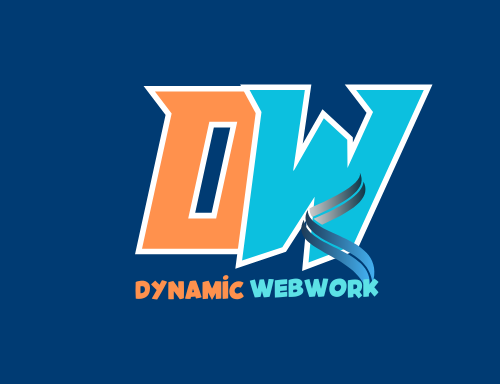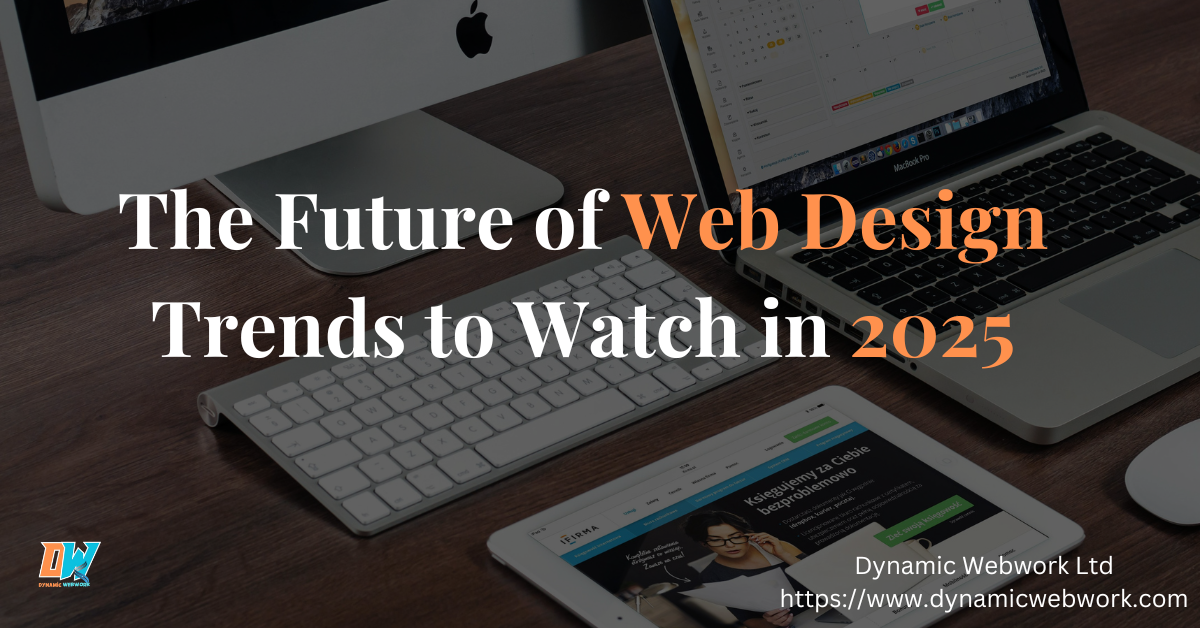The Future of Web Design: Trends to Watch in 2025
In the fast-paced digital world, staying ahead of web design trends is crucial. From minimalistic layouts to immersive 3D designs, discover how upcoming trends can redefine your online presence.
Introduction
Web design is constantly evolving with new trends emerging each year. In 2024, businesses must adapt to stay competitive. This blog explores the latest trends shaping the industry.
1. Web Design Trends
Web design trends evolve each year as technology and user preferences change. Current trends include:
- Dark Mode and Light Mode Toggles: Offering both dark and light themes for better user comfort and customization.
- Neumorphism: A modern design style that combines skeuomorphic and flat design for soft, tactile interfaces.
- Microinteractions: Small, subtle animations or effects (e.g., button hovers, loading spinners) that enhance usability and delight users.
- 3D and Immersive Elements: Use of WebGL and other technologies to create engaging, realistic 3D visuals directly on websites.
- Bold Typography: Oversized and experimental fonts to grab attention and create personality.
- Custom Illustrations and Graphics: Hand-drawn or uniquely stylized visuals help brands stand out.
- Sustainability-focused Design: Eco-friendly websites that prioritize energy efficiency and minimal resource usage.
2. Responsive Web Design
Responsive web design ensures websites look and function well on all devices, including desktops, tablets, and smartphones. Key principles include:
- Fluid Grid Layouts: Content is divided into flexible grid layouts that adapt to screen sizes.
- Media Queries: CSS rules that apply styles based on device characteristics like width or resolution.
- Flexible Images and Media: Scaling or cropping images to fit various screen sizes without distortion.
- Mobile-first Design: Designing for the smallest screens first, then scaling up for larger screens.
- Touch-friendly Design: Buttons, menus, and interactive elements are sized appropriately for touch navigation.
3. Minimalism in Web Design
Minimalism emphasizes simplicity and focus, ensuring clean, user-friendly interfaces. Key aspects include:
- White Space: Generous use of empty space to create visual breathing room and improve readability.
- Monochromatic or Limited Color Palettes: Using a simple and cohesive color scheme for a clean aesthetic.
- Flat Design: Avoiding excessive textures or gradients for a straightforward visual approach.
- Focus on Functionality: Highlighting core features and eliminating unnecessary elements.
- Typography-led Design: Using clean, legible fonts as a primary design element.
4. AI in Web Design
AI is transforming web design by automating processes and enabling smarter user experiences. Some applications include:
- AI-powered Website Builders: Tools like Wix ADI and Bookmark create websites automatically based on user inputs.
- Personalized User Experiences: AI analyzes user behavior to offer tailored content and recommendations.
- Chatbots and Virtual Assistants: Enhancing customer service with intelligent, 24/7 support.
- Automated A/B Testing: AI tools test different layouts and elements to optimize website performance.
- Accessibility Improvements: AI helps identify and fix accessibility issues, making websites more inclusive.
Conclusion
Incorporating these trends ensures your website remains modern and user-friendly.
Learn more about our Web Design services | Contact us for a custom design

